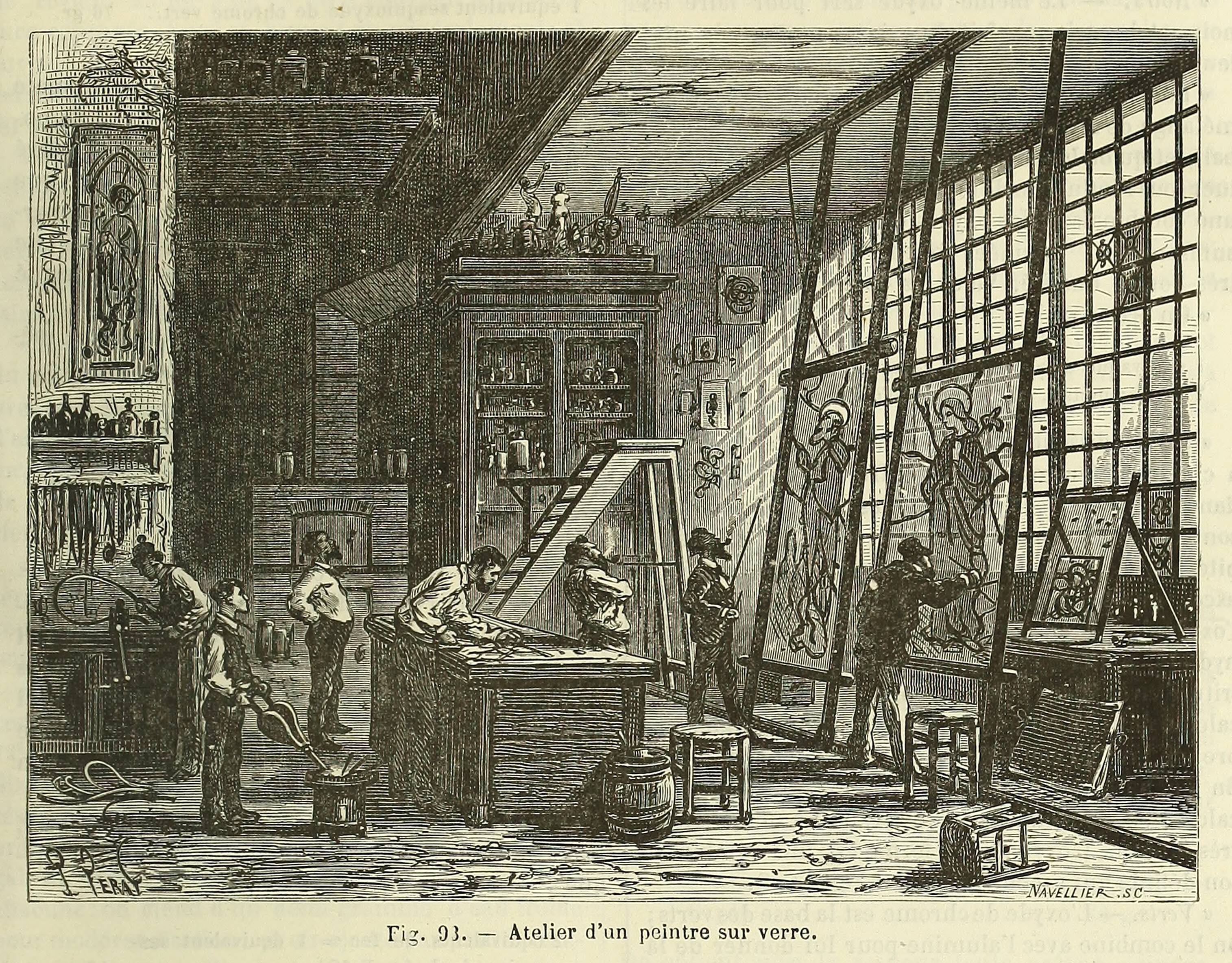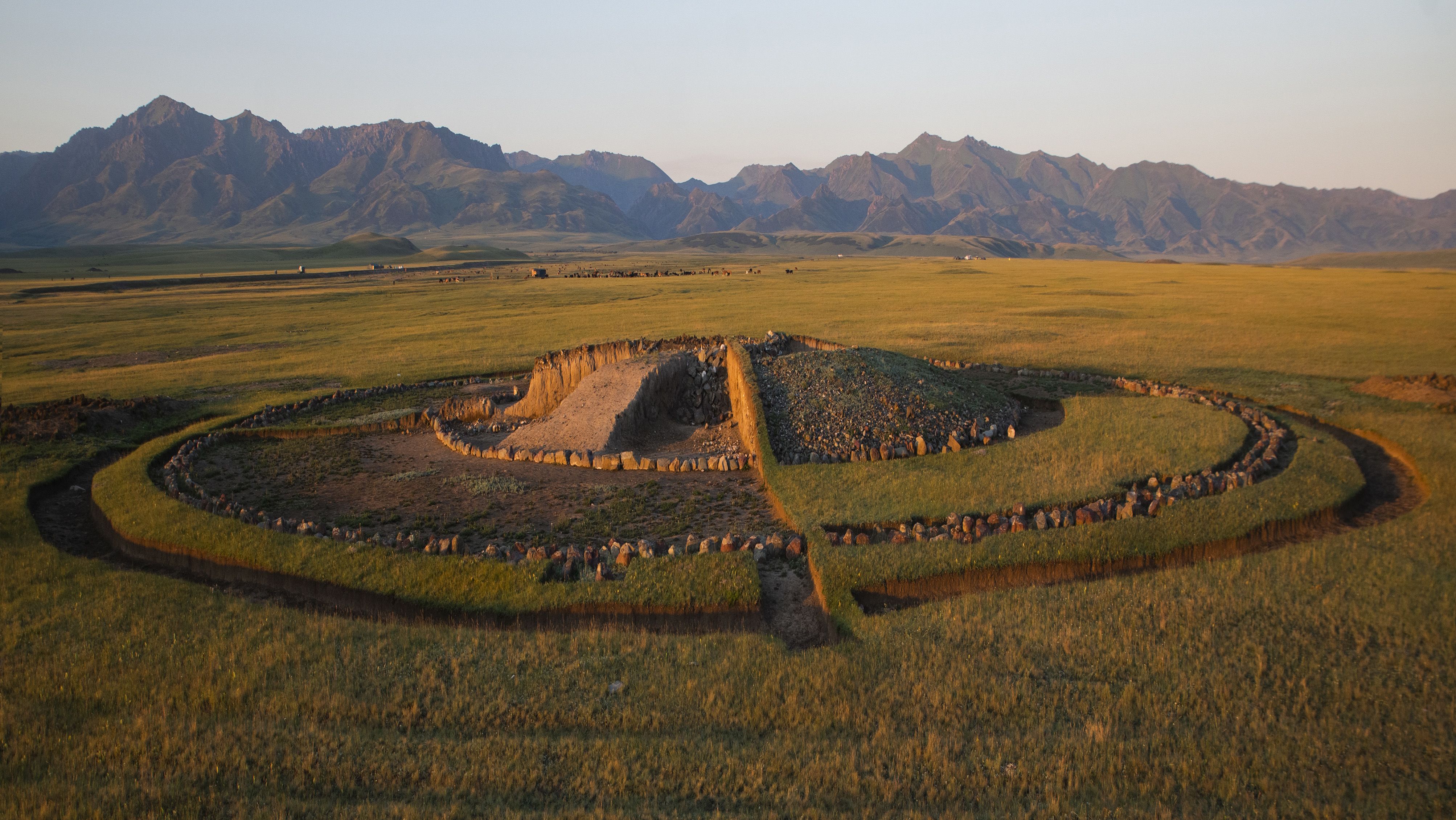The last few tabletop projects that I started working on were entered into with the idea that I could maybe someday ✨publish✨ my content. This inevitably led me to take my 2 oz. of actual content and waste hours on layout and design. I'm not going to do that anymore.
While I absolutely love the "artpunk" style of something like Mörk Borg, and I think that Johan Nohr creates the most incredible stuff, I'm just not that guy, and that's not my job.
I ran across Luke Gearing's Wolves Upon the Coast, and every review I've seen praises the content. Something about the scale and scope of Luke's work on this project struck me, and it shook me out of the need to polish everything I'm working on before it's made. He's put everything in a Word doc, kept an updated Worldographer map with the basic icons, and run with it. He wrote on his itch.io page,
"Unless wildly successful, the layout is likely to stay as-is. There is no plan for art."
Brilliant. I'm going to shoot for that from now on.
I also just read a post on B/X Blackrazor called The Perpetual Game, and it's becoming my DM manifesto:
"If it's something you love, you don't grow out of it. You grow into it. And it grows with you."
I want to be able to take everything I'm reading about, listening to, watching, and shape it into a game where my best friends can sit down/log in together and test out how we might make the world a better place. Or just kill some bad guys and take their stuff. And I want to be able to do that with the table in mind, not some imaginary storefront that I don't even have set up yet.
Starting this stream-of-nonsense on Blogger was a conscious decision, because there's only so much that I can polish with this most ancient of platforms. Most of what you see here is going to be in that beautiful proletariat font, Times New Roman. I'm going to stick with the most default tools I can--Dungeon Scrawl, Google Docs, public domain art. I'm going to make and share stuff that I can use on Discord with my group. And unless it's wildly successful, that's how it will stay!


